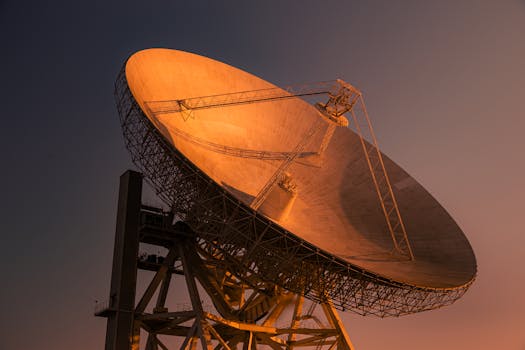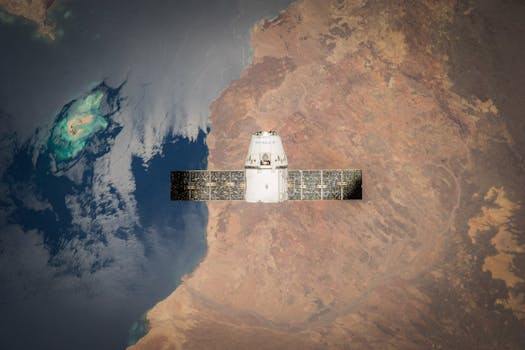Satellite Telecommunications 2023: Key Developments and What They Mean for the Industry

Satellite Telecommunications 2023: Key Developments and What They Mean for the Industry
Satellite Telecommunications 2023 has been a remarkable year for the satellite telecommunications industry, with several key developments that are poised to revolutionize the way we communicate and access data. Satellite telecommunications refer to the use of satellite technology to transmit and receive data, voice, and video signals. This industry has been growing rapidly over the years, driven by the increasing demand for global connectivity and the need for reliable and secure communication services.
The satellite telecommunications industry has witnessed significant advancements in 2023, including the launch of new satellite constellations, the development of advanced satellite technologies, and the expansion of satellite-based services. One of the most notable developments in 2023 has been the launch of the Starlink constellation by SpaceX, which aims to provide high-speed, low-latency internet services to remote and underserved communities around the world. This constellation consists of thousands of small satellites that operate in low Earth orbit, providing a global network of broadband connectivity.
Key Developments in Satellite Telecommunications

Another significant development in 2023 has been the growth of the satellite-based Internet of Things (IoT) market. The IoT refers to the network of physical devices, vehicles, and other items that are embedded with sensors, software, and connectivity, allowing them to collect and exchange data. Satellite-based IoT services are being used in a variety of applications, including asset tracking, smart agriculture, and environmental monitoring. The use of satellite technology enables IoT devices to transmit data from remote locations, where traditional cellular networks may not be available.
The development of advanced satellite technologies has also been a key trend in 2023. For example, the use of phased array antennas and digital signal processing has enabled the creation of high-gain, steerable antennas that can be used to transmit and receive data at high speeds. These technologies have the potential to revolutionize the satellite telecommunications industry, enabling the provision of high-speed, low-latency services that are comparable to those offered by fiber-optic networks.
Implications for the Industry

The key developments in satellite telecommunications have significant implications for the industry. One of the most important implications is the potential for satellite technology to bridge the digital divide, providing access to broadband connectivity for remote and underserved communities. This can have a major impact on economic development, education, and healthcare in these communities, enabling them to participate fully in the global economy and access essential services.
Another implication of the key developments in satellite telecommunications is the potential for increased competition in the industry. The launch of new satellite constellations and the development of advanced satellite technologies are creating new opportunities for companies to enter the market and offer innovative services. This increased competition can drive down prices, improve service quality, and lead to the development of new applications and services.
Challenges and Opportunities

Despite the significant developments in satellite telecommunications, there are still several challenges that need to be addressed. One of the major challenges is the issue of space debris, which refers to the accumulation of defunct satellites, rocket parts, and other objects in Earth’s orbit. Space debris can pose a significant risk to operational satellites, and the industry needs to develop sustainable practices to mitigate this risk.
Another challenge facing the satellite telecommunications industry is the need for regulatory frameworks that can keep pace with the rapid development of new technologies and services. The industry needs clear and consistent regulations that can facilitate innovation, while also protecting the public interest and ensuring that services are safe and secure.
Despite these challenges, the satellite telecommunications industry is poised for continued growth and innovation in the coming years. The development of new satellite constellations, advanced satellite technologies, and satellite-based services is creating new opportunities for companies to enter the market and offer innovative services. As the industry continues to evolve, it is likely that we will see new applications and services emerge, such as satellite-based 5G networks and satellite-enabled IoT services.
See more:





